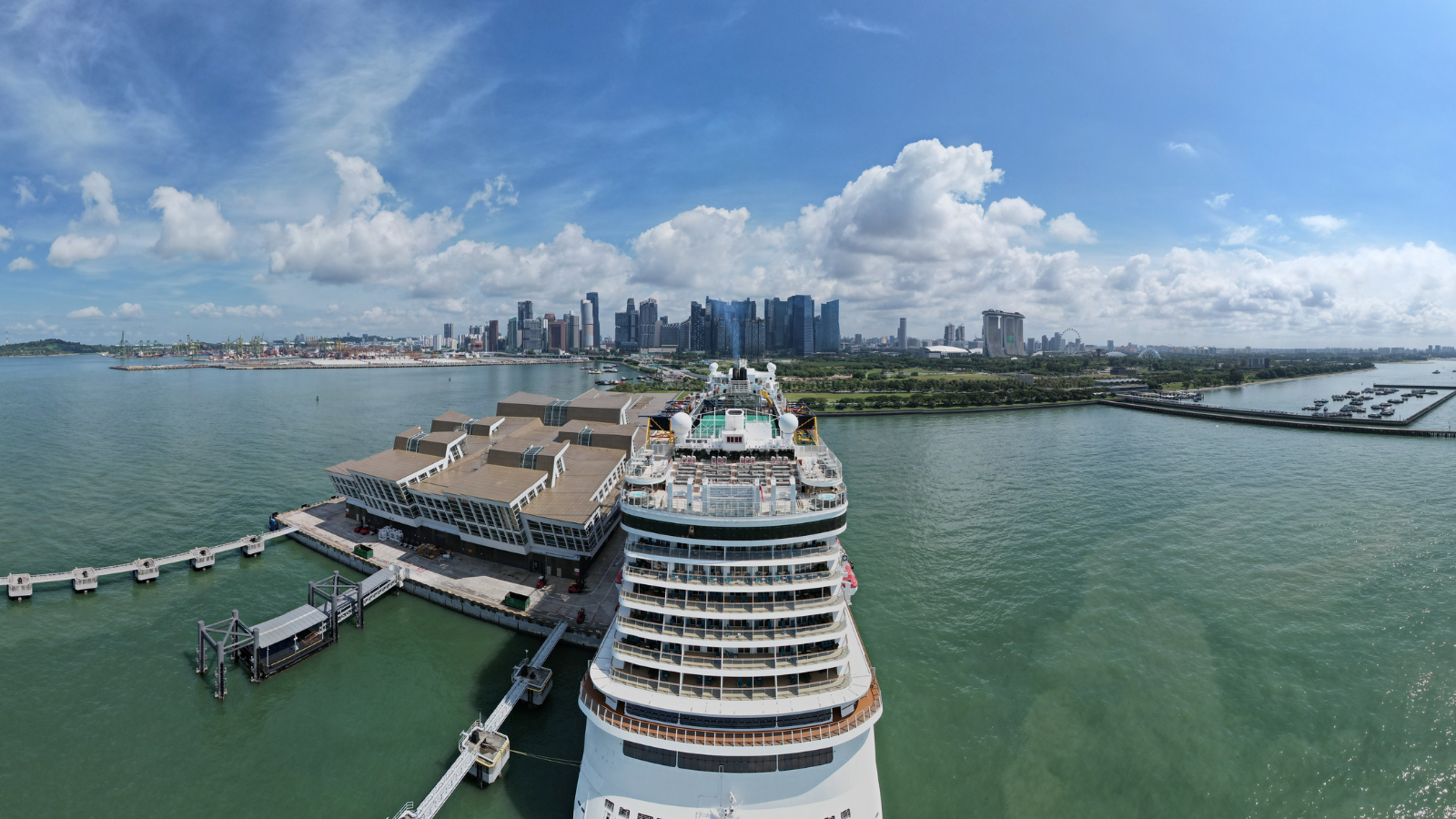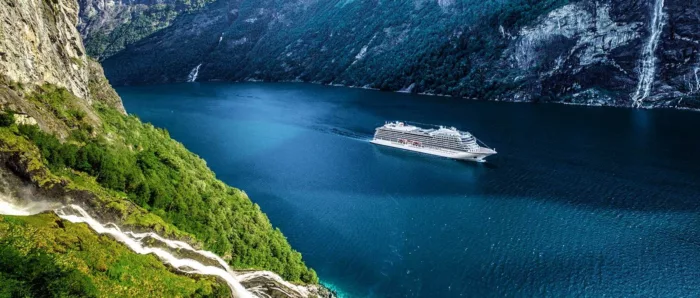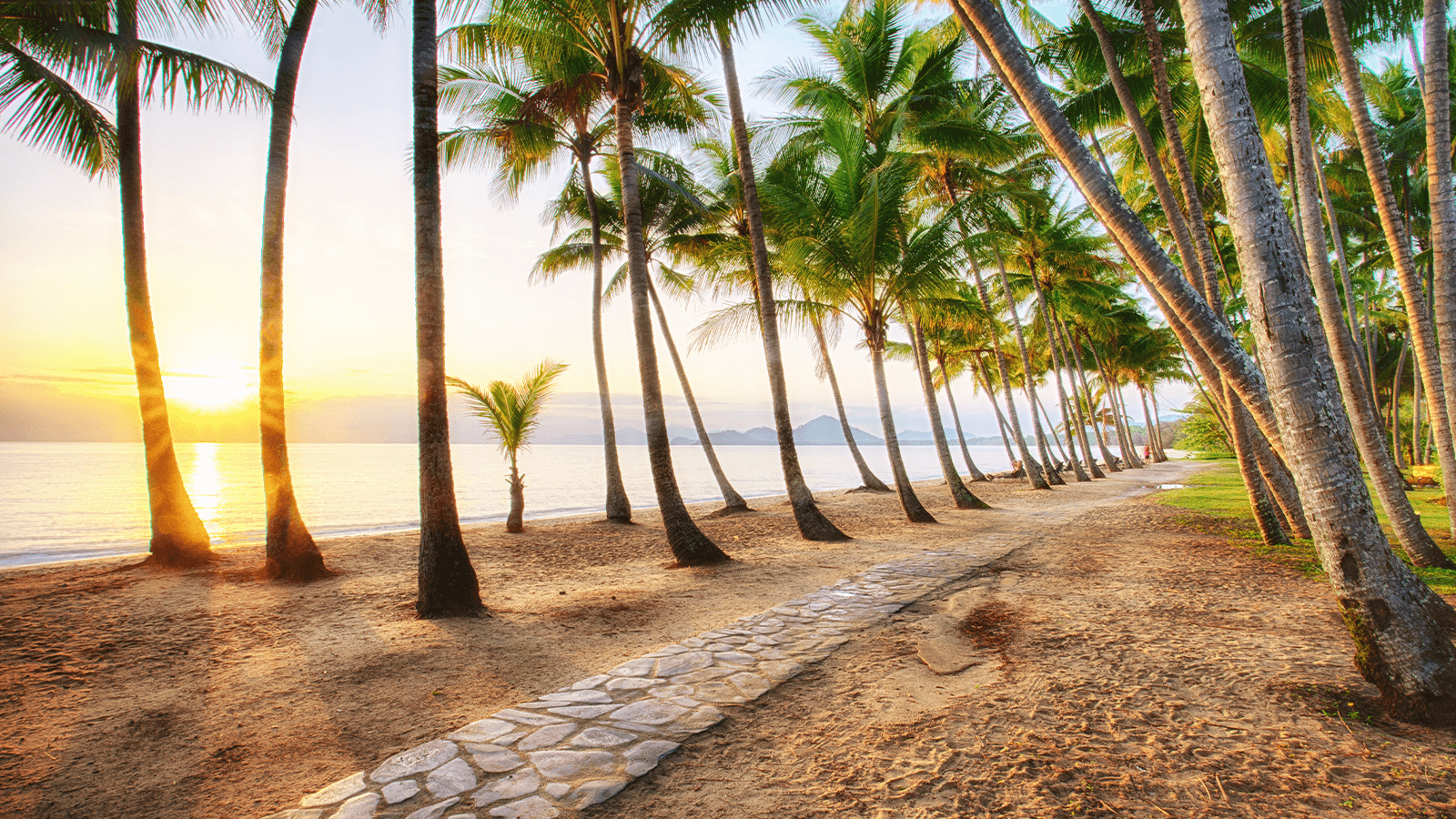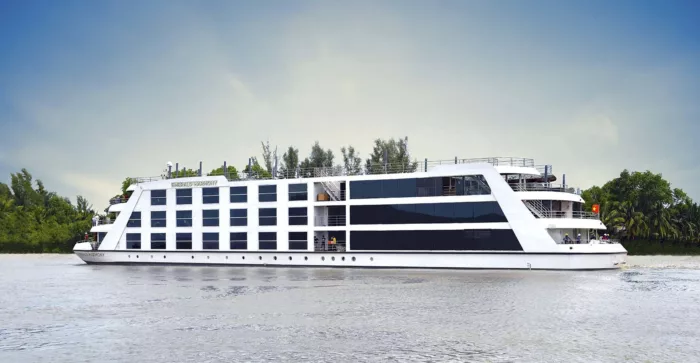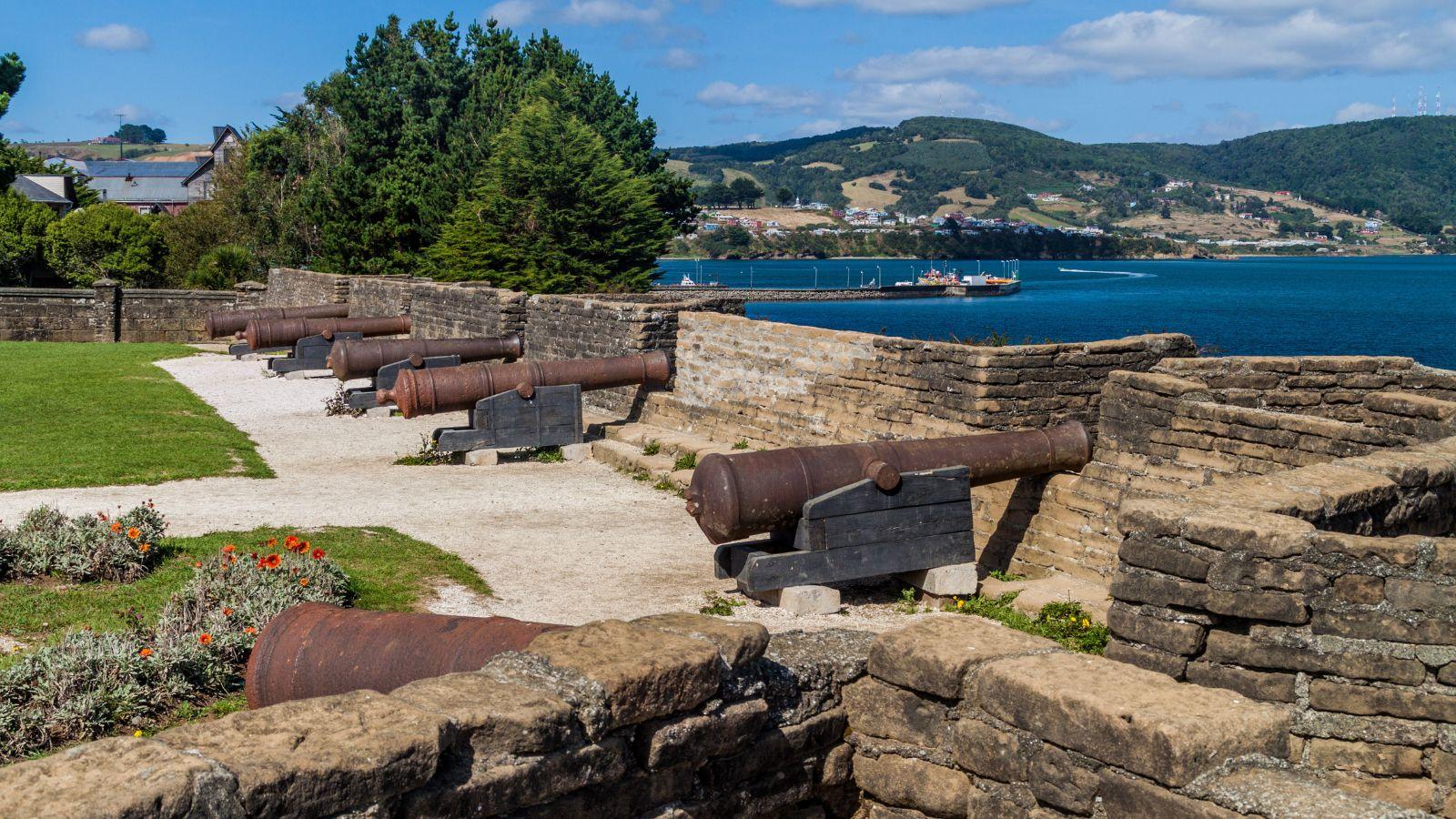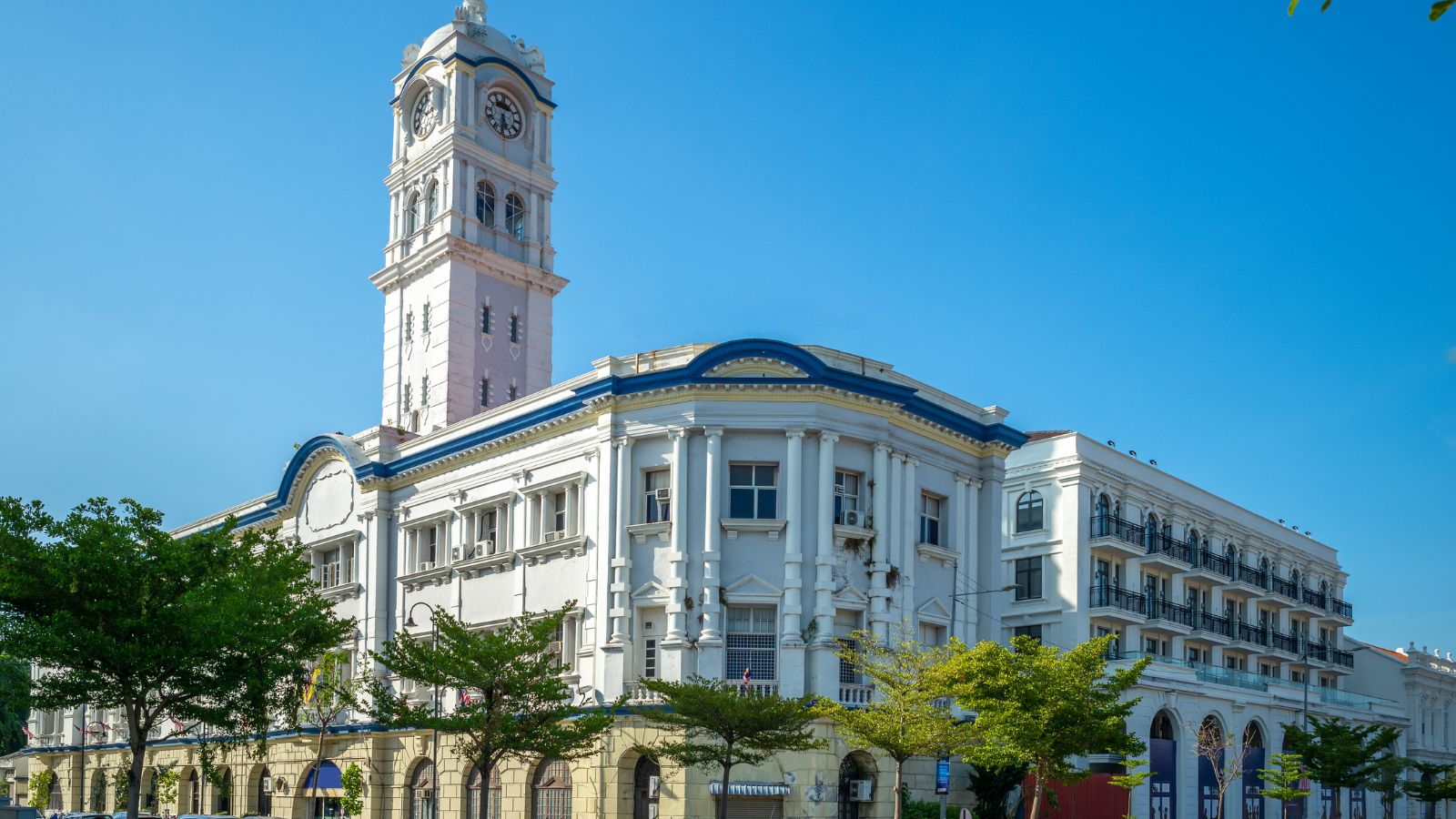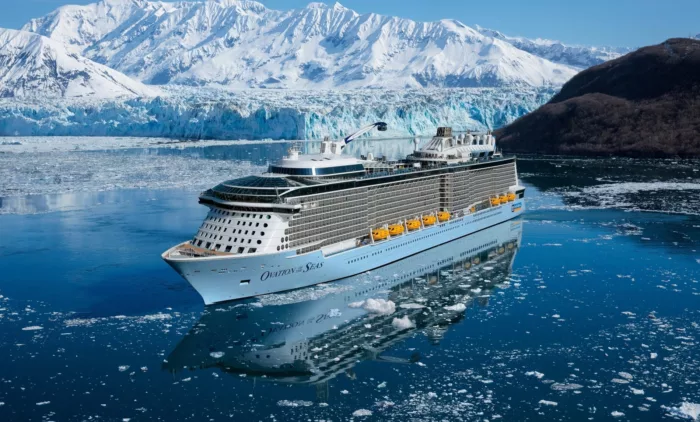
10 reasons to go on a Mekong cruise in 2025
From effervescent cities to eye-opening culture, a cruise along Asia’s inimitable river provides a horizon-broadening getaway for curious travellers, writes Sarah Holt.
Known as the Mother of Rivers, the Mekong ebbs 2,700 miles from the Tibetan Plateau to the South China Sea. The most navigable part of the waterway flows between Kampong Cham in southeast Cambodia and My Tho in southern Vietnam, and cruise itineraries tend to focus on this section.
Pre- and post-cruise stays in Hanoi or Hoh Chi Minh City are also often included in sailings or offered as an add-on to make getting to this jasmine-scented, temple-topped part of the world a little easier. Here are 10 reasons why a trip to the Mekong needs to be on your travel wish list this year.
1. You can dive deeper into Southeast Asian culture
Mekong cruises plunge you into a world of palaces and pagodas, stupas and gilded statues, holy mountains and hilltop temples. It’s a place where go-slow paddy fields give way to all-go cities and where Buddhist and intricately carved Khmer buildings stand next to Western-style structures left behind by the French and Dutch.
In the countryside, traditional farming and fishing communities abound, where excursions allow you to observe silk artisans spinning and weaving at their looms, watch rice paper makers at work and see how Vietnam’s conical ‘non la’ hats are made from scratch.
You also have the chance to witness sedge grass woven into baskets and mats and listen to the soundtrack of silversmiths hammering and tapping in the backwaters of Cambodia.
An Apsara show is not to be missed. In this balletic style of dance, performers dressed in silk robes and headdresses use hand gestures and delicate footwork to narrate myths and religious stories.

2. It’s abundant with wildlife
More than 2,400 species of bird, reptile and mammal wing, scuttle and paw their way around the Mekong region. At Angkor Wat, you can watch long-tail macaque monkeys scrabbling over the 12th-century ruins. In the port of Kratié (also known as Kracheh) in Cambodia, you can take an excursion to Kampi to go in search of Irrawaddy dolphins.
Then from the Vietnamese town of Tan Chau, just across the border from Cambodia, you can visit Tra Su Forest and Sanctuary where the cajeput trees provide shelter for more than 70 bird species, from painted storks to kingfishers.

3. You can ‘tuck-tuck’ in…
Southeast Asian food needs few introductions. Steamy bowls full of shoelace-long noodles, soups heady with chilli, coriander and lime, and dome after dome of sticky and fried rice await you.
Signature dishes along the Mekong include Cambodian amok, in which steamed fish is cooked in coconut milk and spices and served in a banana leaf, and nom banh chok, a Khmer breakfast recipe of slightly fermented rice noodles served in a slick of lemongrass-scented green curry sauce.
4. …and chase the sun
The Mekong region promises shorts and t-shirt weather year-round, with temperatures rarely dropping below 26 degrees Celsius. In the prime cruising months of November to April, the mercury hovers between 27C and 31C, and skies remain rain-free so you can make the most of the sights and onboard facilities like sun decks and pools.
5. There’s a cruise for all tastes
A holiday on the Mekong can be a significant investment, so it’s important that the sailing you book is the right fit for your needs and desires. Fortunately, there’s a plethora of itineraries on offer for all budgets and tastes. Here are three standout options:
For luxury: An al fresco pool, sky bar, panoramic restaurant, spa and library accompany Viking passengers on its Magnificent Mekong itinerary. Viking Saigon’s staterooms come with wide river views, bathrooms with heated floors and complimentary robes and slippers, while suites feature two full-size rooms, a veranda and a spacious bathroom with a separate bathtub.
For affordability: The cost of Mekong River cruises ranges from around £3,000 to £9,000. If you’re on a budget, look at travelling for a shorter duration. Pandaw, for example, offers three- or four-night cruises that start from less than £1,500. Costs also go down outside of the peak season of November to April.
For solo travellers: Not only are 10 per cent of passengers on Avalon Waterways’ cruises solo travellers, the company also waives single supplements on selected Mekong itineraries. Avalon doesn’t limit room options for solos, either. Everything, from standard Deluxe Staterooms to the line’s trademark Panorama Suites, with their wall-to-wall, floor-to-ceiling windows, is an option for singles.
6. You will ‘Reap’ the benefits
Siem Reap is most famously known as the gateway to the Angkor UNESCO World Heritage Site. Featuring ‘The Great City’ Angkor Thom, the final capital of the Khmer Empire, and Angkor Wat, with its beehive-shaped temples, the site sprawls out for more than 400 square kilometres.
Typical cruise excursions take in highlights like the Bayon Temple, where 216 hulking faces of the Hindu god Brahma are carved into the rock; and the Terrace of the Elephants, with its spectacular carvings paying homage to the beloved jungle giant.

7. Getting from A to B is all part of the fun
There’s some debate about whether tuk-tuks were invented in Khorat, Thailand or Japan. Whichever argument you believe, there’s no denying that the honking horns of these auto-rickshaws have become part of the soundtrack to Southeast Asia.
Most cruise lines offer a tuk-tuk tour at some point in their itineraries, whether that’s around the hushed temples and purring street markets of Phnom Penh, the “Paris of the East”, or the tucked away pottery village of Peam Chi Korng. Other traditional methods of getting around include flat-bottomed wooden sailboats, trishaws and ox carts.
8. A trip to the Mekong is a blessing
Crouched in the foothills of Phnom Oudong Mountain, Oudong was the capital of Cambodia for almost 250 years. Today, it’s a place of pilgrimage and peace.
Many cruise lines, including AmaWaterways and AP Touring, offer the opportunity to participate in a blessing with the area’s Buddhist monks. Enrobed in amber-coloured kayasa clothing, the monks chant and scatter jasmine petals to wish health and safe travels.
9. The war history isn’t to be missed
Many Mekong itineraries start or end in Ho Chi Minh City, also known as Saigon or – to locals – HCMC. Vietnam’s most populous place is a whirr of street food stands, multicolour market stalls, neon-lit nightlife spots and cloud-spearing skyscrapers.
If you’re interested in history, don’t miss the Cu Chi tunnels, just outside the city. This labyrinth of once-secret subterranean passageways and rooms was used for supply routes, hospitals, dining rooms, campaign planning rooms and living quarters by the Viet Cong during the Vietnam War.

10. It’s easier to get there than you think
The cities of Hanoi and Ho Chi Minh are the gateways to the Mekong and there are multiple direct flights to both locations from London Heathrow every week. Some cruise lines take the logistics off your hands by including hotel stays in the cities at the start and end of itineraries. Other lines offer pre- and post-cruise stays as extras.










